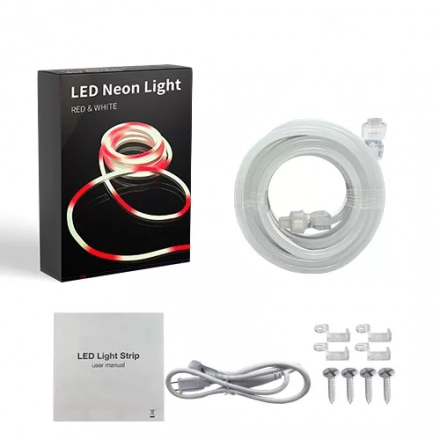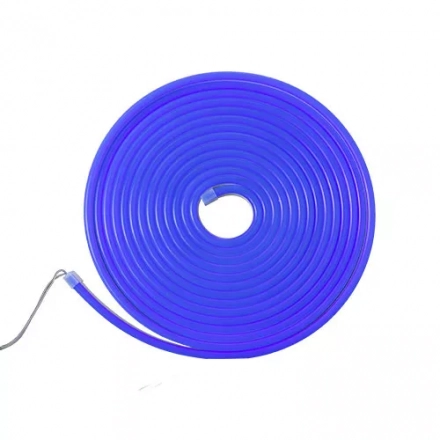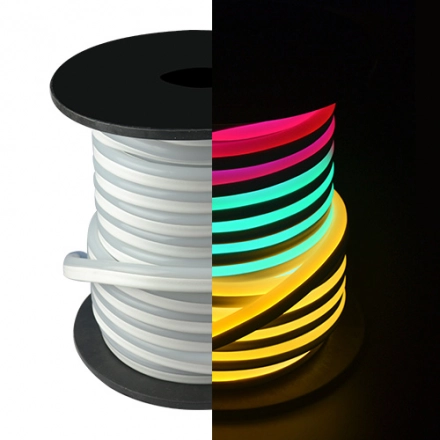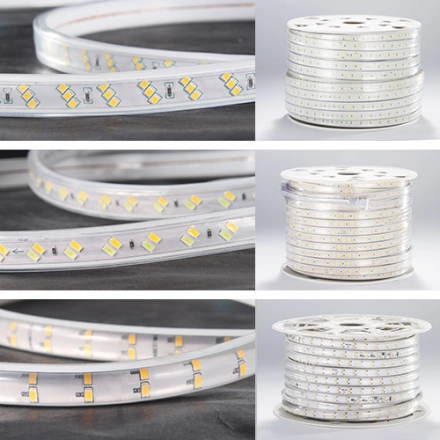Analyzing the Potential of "Waterproof LED Strip" in Comparison to "Neon Flexible Strip Light"
LED strip lights have gained popularity in recent years due to their versatility and energy efficiency. Among the various options available, "waterproof LED strip" and "neon flexible strip light" stand out as two popular choices. In this article, we will objectively analyze the potential of waterproof LED strip lights in comparison to neon flexible strip lights, exploring their features, advantages, and possible limitations.
Features and Advantages of Waterproof LED Strip Lights:
Waterproof LED strip lights are designed to withstand exposure to moisture and environmental elements, making them suitable for both indoor and outdoor applications. These LED strips are encased in a protective silicone or resin coating, which provides excellent resistance to water, dust, and UV rays. The waterproof feature ensures durability and longevity, even in challenging environments. Additionally, these LED strips offer flexibility in terms of installation options, allowing users to create customized lighting designs.
Neon Flexible Strip Lights:
On the other hand, neon flexible strip lights mimic the appearance of traditional neon lights while providing the flexibility and energy efficiency of LED technology. Neon flexible strips use a series of tiny LED bulbs encapsulated in a flexible silicone material to create a neon-like glow. This type of strip light offers a unique aesthetic appeal and is often favored for its ability to produce vibrant and uniform lighting effects.
Comparing the Possibilities:
When it comes to comparing the potential of waterproof LED strip lights and neon flexible strip lights, several factors need to be considered:
Aesthetic Appeal: Neon flexible strip lights have a distinct advantage in terms of providing a classic neon look. They can be an ideal choice for businesses, restaurants, and creative applications where a retro or eye-catching appearance is desired. On the other hand, waterproof LED strip lights offer a wider range of color options and can be easily customized to fit various lighting schemes.
Durability and Safety: Waterproof LED strip lights have an edge in terms of durability and safety. The protective coating ensures resistance to water, dust, and other environmental factors, making them suitable for long-term outdoor use. Neon flexible strip lights, although relatively durable, may not have the same level of protection against external elements.
Energy Efficiency: LED technology is renowned for its energy efficiency, and both waterproof LED strip lights and neon flexible strip lights are energy-saving options compared to traditional lighting. However, LED strips have a slight advantage in terms of consuming less power while providing brighter illumination.
Installation and Maintenance: Both types of strip lights are relatively easy to install and maintain. However, waterproof LED strip lights often come with adhesive backing or mounting brackets, simplifying the installation process. Neon flexible strip lights may require additional accessories for mounting, depending on the application.
Conclusion:
In conclusion, the potential of waterproof LED strip lights and neon flexible strip lights depends on the specific requirements of the application. While neon flexible strip lights excel in providing a unique aesthetic reminiscent of traditional neon lights, waterproof LED strip lights offer enhanced durability, versatility, and a broader color range. Considerations such as aesthetic preference, desired level of water resistance, and energy efficiency should guide the choice between these two options.






